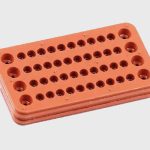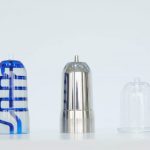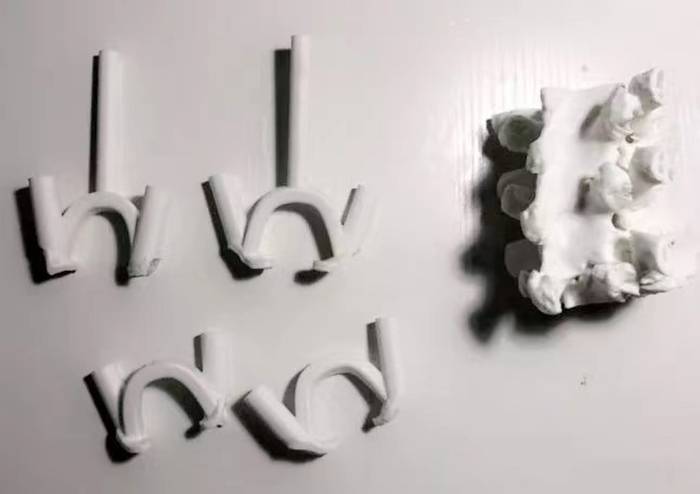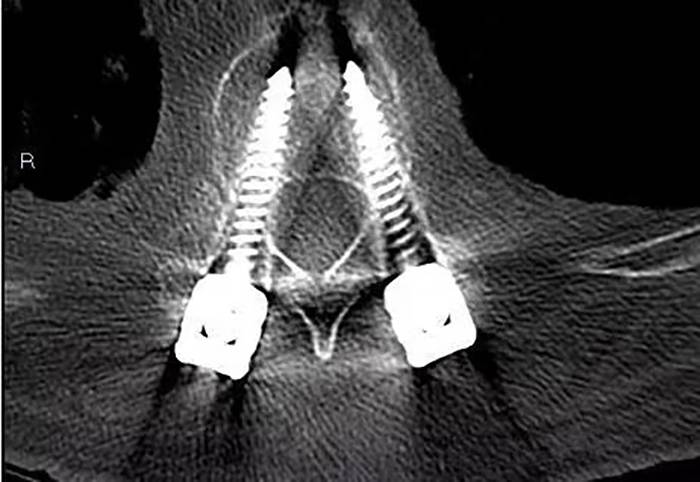
HXC Company discusses how to thin silicone products?
2025-04-25
Case Study of 3D Printer Production of Cupping Injection Mold
2025-04-263D Printing Surgical Medical Application Cases
3D printing surgery is a placement tool designed based on the reverse engineering principles of 3D printing technology. Based on the preoperative CT data of the patient, a three-dimensional model of the spine is reconstructed using computer-aided design software. Based on the three-dimensional reconstruction model, the optimal entry point and entry port for pedicle screws are planned, and the optimal screw length and diameter are selected. At the same time, based on the anatomical morphology of spinal processes such as spinous processes, vertebral plates, and articular processes, corresponding models are established in reverse, and positioning guidance channels are designed according to the optimal nail entry channel. This model fits the screw into the channel through Boolean operations.
Degenerative thoracic diseases (T9 T10)

3D reconstruction model of degenerative thoracic spine
Preoperative planning and design
In the design process, the designer uses a 3D reconstruction system to perform 3D reverse modeling on the patient's CT image data, and designs a thoracic pedicle screw system based on the patient's skeletal morphology, ultimately determining the position, angle, and depth of the positioning guide channel. From an engineering perspective, the stability and coordination of surgical guidance have been designed and improved.

SLS technology 3D printing surgical guidance
Using SLS technology to print 3D surgical guides, surgical guides, and patient 1:1 vertebral models. The 3D printing model has successfully completed preoperative planning. Preoperatively, medical grade nylon material is subjected to high-pressure steaming with high-pressure steam. During the operation, the surgical guide plate is fixed on the corresponding posterior bone structure of the vertebral body, and the screws are accurately placed on each pedicle along the positioning holes of the positioning guide plate channel.

Postoperative imaging

3D printing surgery can effectively improve the success rate of thoracic and spinal pedicle screw implantation. 3D printing technology provides a new treatment approach for complex spinal cutting and correction surgeries such as posterior pedicle screw implantation in cervical and upper thoracic vertebrae, postoperative scoliosis protrusion deformities, and chronic thoracolumbar fractures. 3D printing technology not only reduces operational difficulty and risk, but also reduces operation time, achieves foresight and precision, and provides personalized solutions. It also brings good news for patients to relieve pain.
In addition to the application of the aforementioned surgical cases, we are also developing dental, orthopedic, and rehabilitation assistive devices, as well as other medical application solutions. Please feel free to discuss more details with us.





